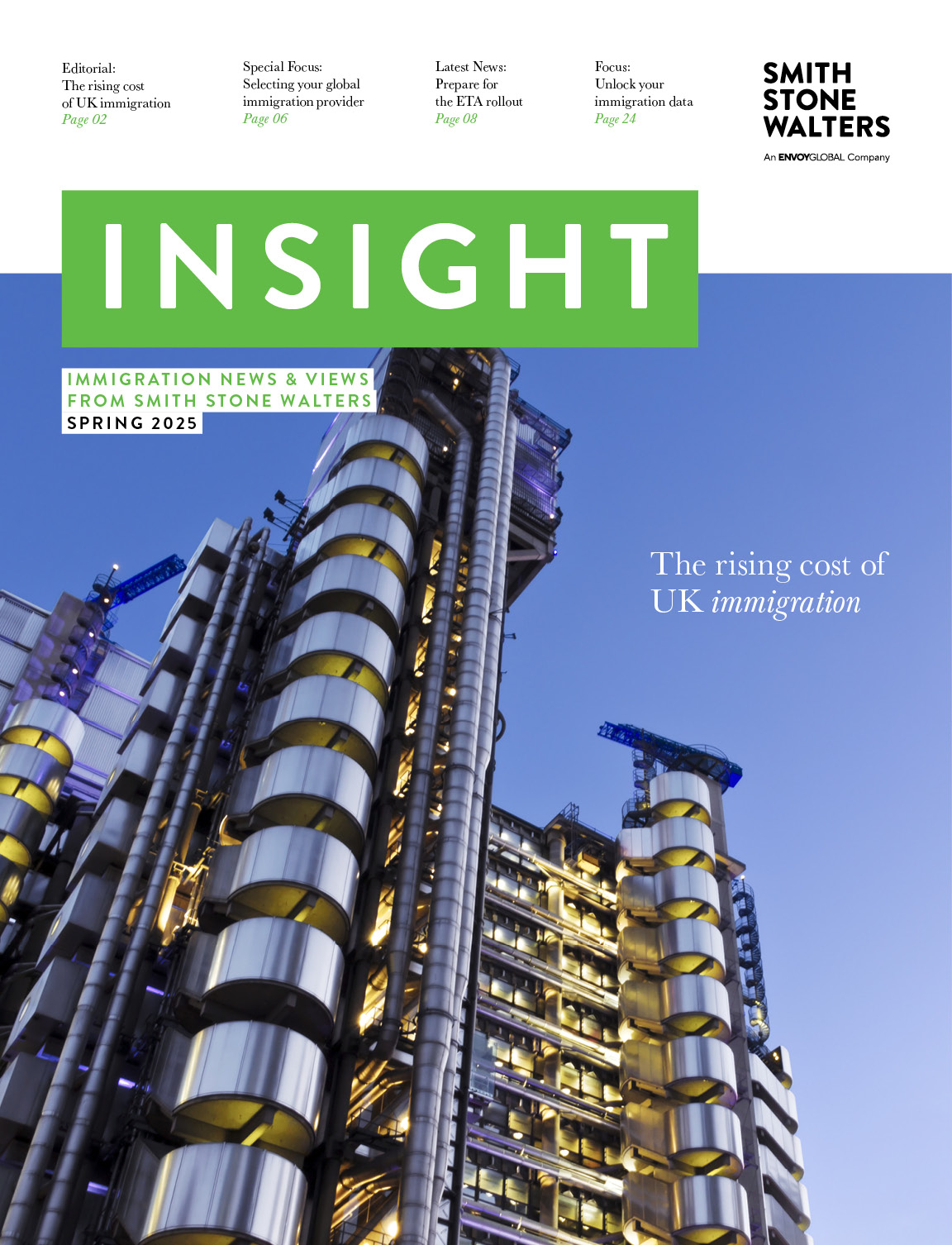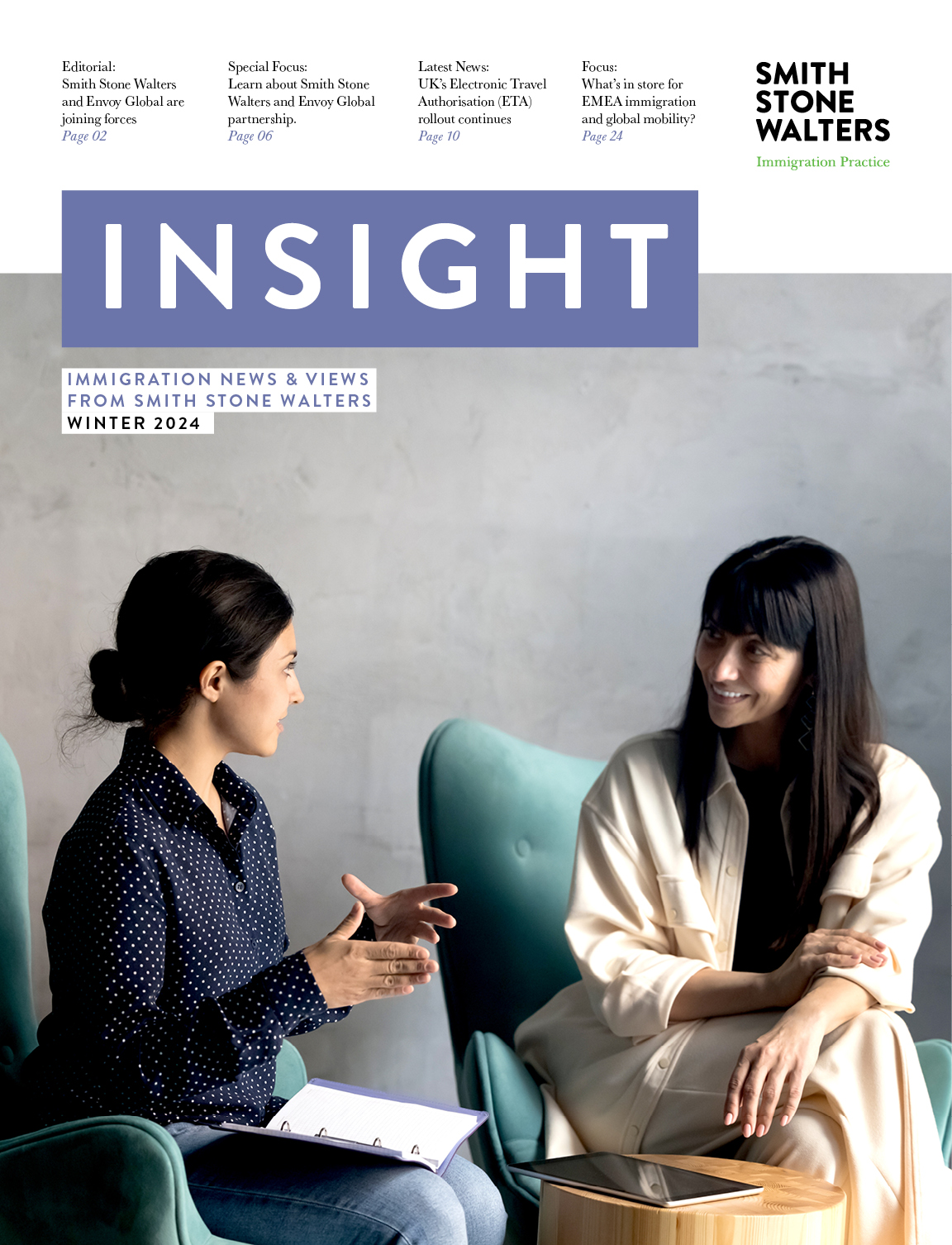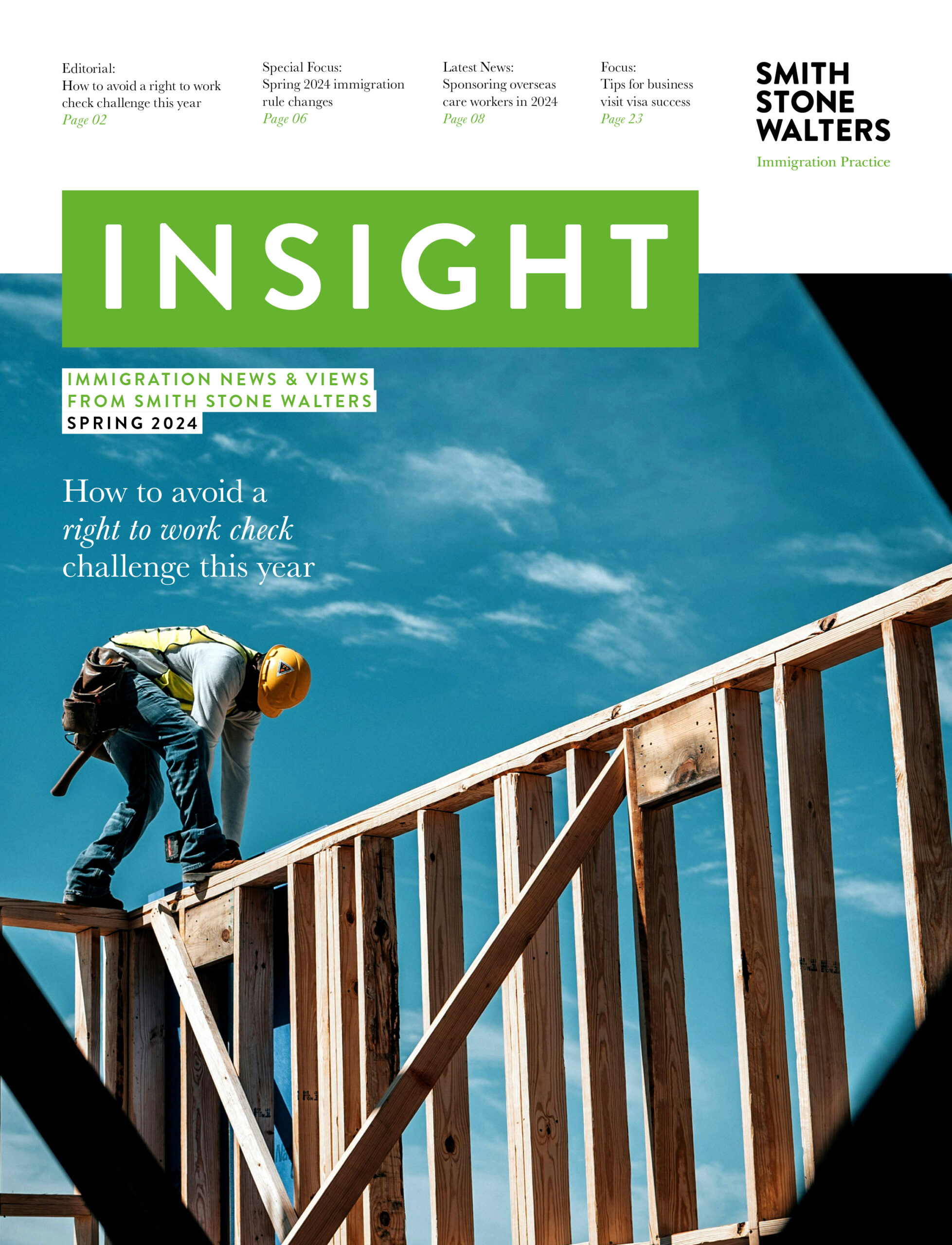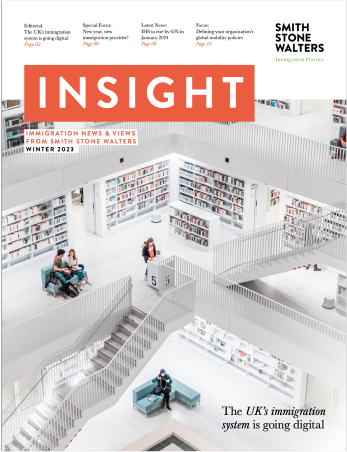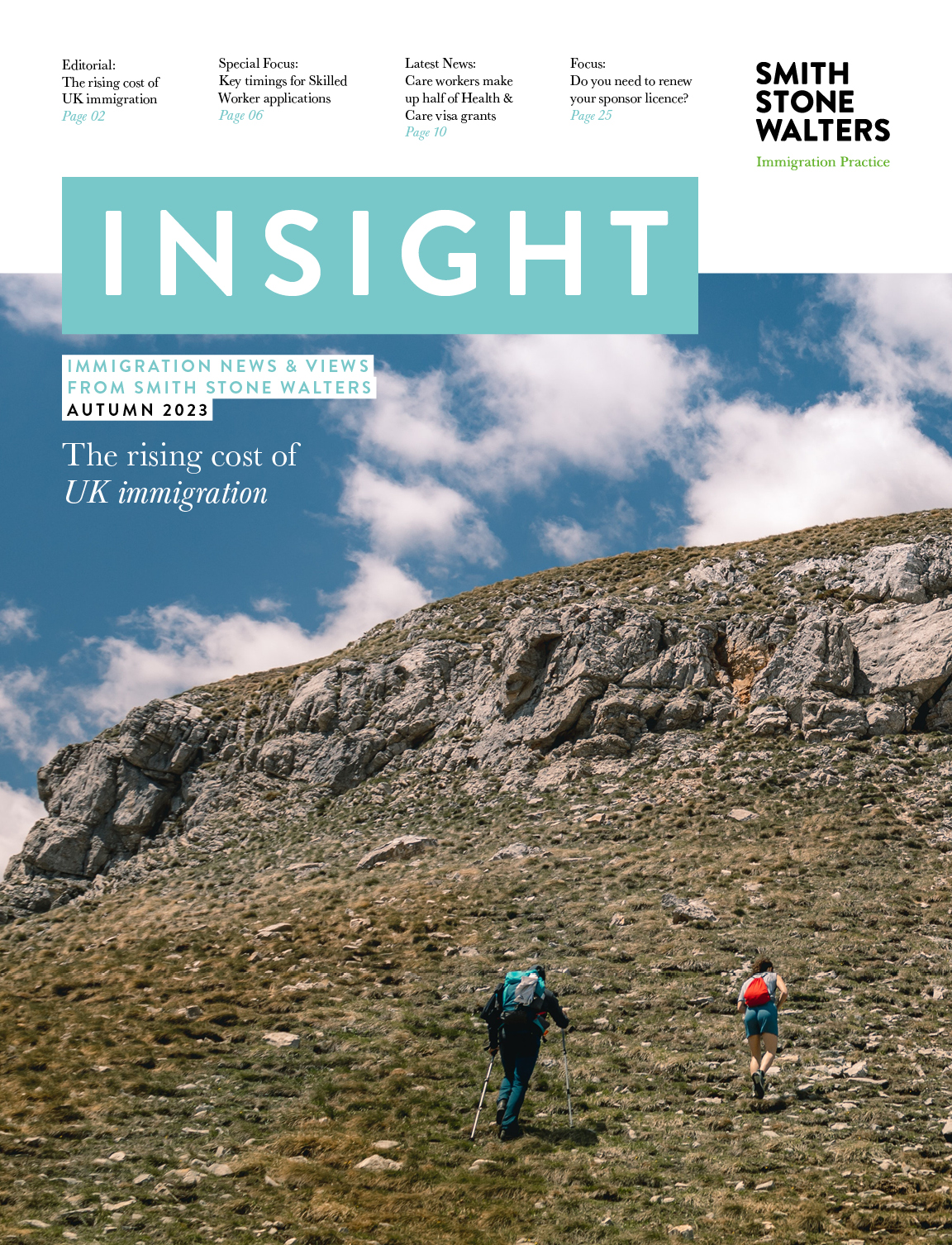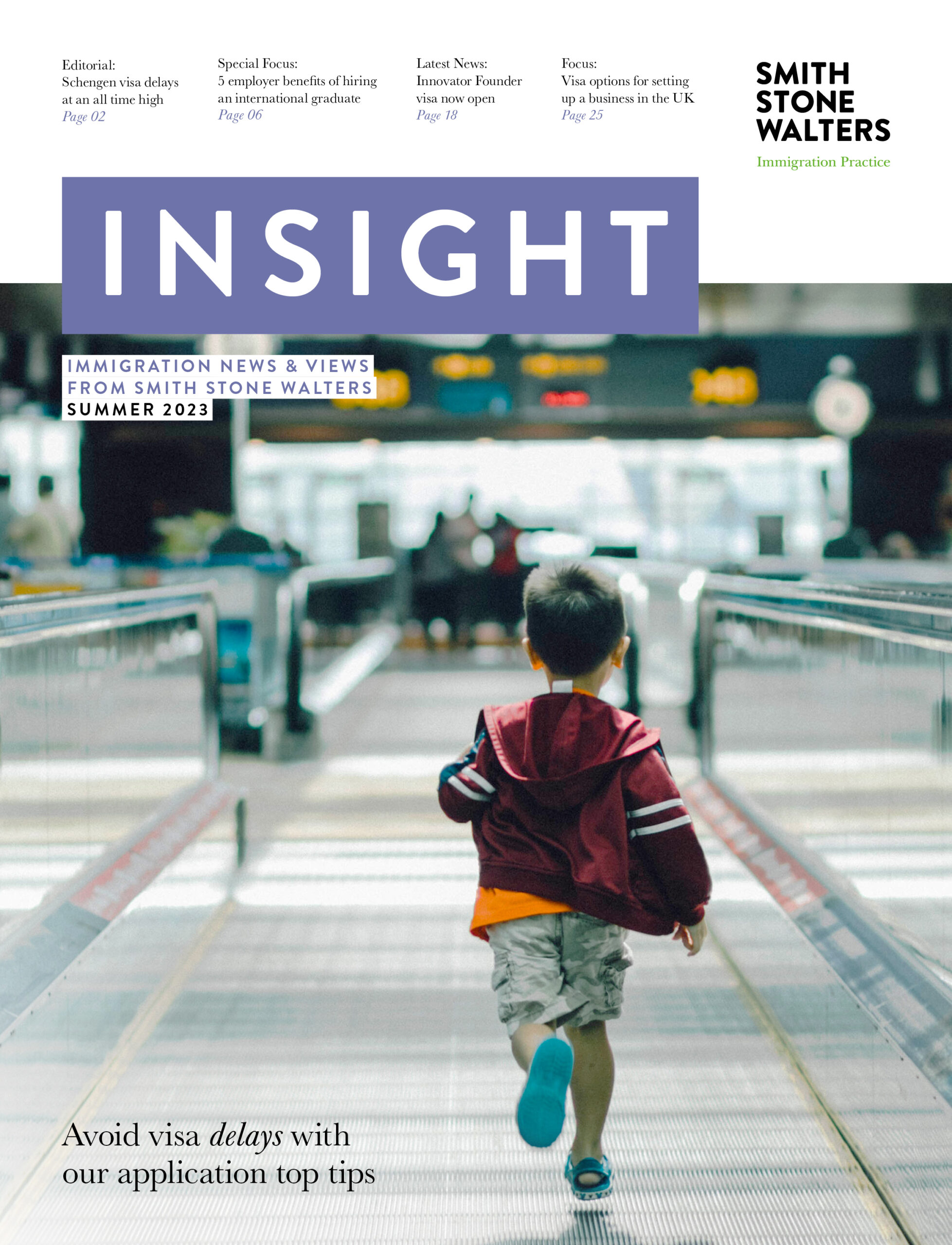What to expect for UK visa sponsorship in 2023
In November 2022, the UK government updated its New Plan for Immigration: Legal Migration and Border Control strategy, which sets out the government’s vision for our border and legal migration system of the future. The strategy outlines several changes the Home Office will make to the sponsorship system in 2023 and beyond, to help speed up the process for employers and applicants.
Since the launch of the UK’s post-Brexit points based immigration system, the number of British businesses approved to sponsor workers from overseas has increased dramatically. There are currently over 60,000 organisations listed on the Home Office’s Register of Worker and Temporary Worker licensed sponsors.
In a bid to transform the sponsorship system, the Home Office published its Sponsorship Roadmap in August 2021. The Roadmap sets out a package of reforms set to be delivered up to 2024 to help deliver a ‘streamlined, simplified and modern system that meets customers’ needs’. Although the end goal of a fully transformed sponsorship system remains in place, the Home Office has since pushed the target back a year and now aims to have the new system in place by 2025.
This year, the Home Office is expected to begin laying the groundwork for some of these changes to take place. Furthermore, in the midst of a cost of living crisis and with a recession looming, the Home Office is likely to review some of the eligibility requirements for sponsored workers such as salary, financial requirements and the list of jobs on the Shortage Occupation List (SOL).
Below, we take a look at what’s changed so far and what we expect to see happen this year in UK visa sponsorship.
Changes made so far
Since the launch of the points-based immigration system, the Home Office has already made some significant changes to the sponsorship system to improve the customer experience for employers wanting to sponsor someone to work in the UK. These changes include:
- Removal of the Resident Labour Market Test (RLMT)
- Suspension of the cap on Skilled Workers
- Making the sponsor licence application process fully paperless, redesigning the sponsor guidance and making the system simpler, more streamlined and accessible.
The above changes have already successfully reduced the time it takes for an employer to bring in a Skilled Worker from overseas by up to four weeks. But the Home Office wants to do more to further improve the sponsorship system and enable employers to have an overseas worker ready to start work ‘faster than in any other G20 country’.
Skilled Worker sponsorship in 2023
For employers looking to sponsor Skilled Workers in 2023, below is a snapshot of the key areas we anticipate the Home Office will focus on this year.
Greater focus on sponsor compliance
Compliance remains a key factor underpinning the sponsorship system, and sponsors are expected to comply with their sponsor duties or risk losing their licence.
As part of the drive to improve compliance, the Home Office is taking on a more joined-up approach to carrying out checks on sponsors, including increased information sharing with other departments and rolling out automated checks.
The New Plan for Immigration reiterates this, stating: “We make relevant checks on all potential sponsors, including on past criminality or immigration offences, to ensure the safety of those coming to the UK for work and once granted sponsorship status, we now have the ability to check automatically whether skilled workers are being paid in accordance with the sponsor’s undertaking.”
In December 2022, Prime Minister Rishi Sunak made a statement in Parliament setting out his five-point plan to crack down on illegal migration to the UK. Although the plan largely focuses on reducing small boat crossings, Sunak suggested that freeing up immigration officers to focus on enforcement would allow the government to increase raids on illegal working by 50%. Employers should therefore ensure that the correct right to work checks are undertaken on all employees, in line with the current guidance.
Smith Stone Walters expects to see an increase in sponsor compliance activity in general in 2023 and advises sponsors to be prepared.
Faster processing times
A key objective outlined in the Sponsorship Roadmap is to speed up end-to-end processing times, from applying for a sponsor licence to a worker being approved for a visa.
Currently, most sponsor licence applications are decided within the service standard of 8 weeks or less, with an option to receive an expedited decision within 10 working days for a fee. Additional reforms set to be introduced between now and 2024 will further reduce the time it takes a sponsor to hire a worker from overseas.
The New Plan for Immigration confirms this, states: “We remain committed to reviewing our service standards and to delivering improvements for customers. Prioritisation of work to accommodate responses to short term issues such as labour supply have impacted our timeframes, and we now expect to deliver improvements by Spring 2023.”
IT transformation
The Sponsorship Roadmap outlines a series of IT transformation changes which will deliver a system that is faster and simpler, with a reduced administrative burden on sponsors. Some of these changes are expected to take effect during 2023.
Existing sponsors will be able to make use of a new service, ‘Sponsor a Visa’, due to launch in early 2023. Sponsors using the service will be able to invite a worker to make their visa application using an online form that is pre-populated with details of their role, once these have been approved.
‘Manage a Licence’, another new service due to launch in late 2023, will make it quicker and easier for sponsors to carry out post-licence activities such as adding users to their licence.
Review of Shortage Occupation List (SOL)
In February 2022, the Home Office added care workers and home carers to the Shortage Occupation List (SOL) and made these roles eligible for the Health and Care Worker visa, following advice from the Migration Advisory Committee (MAC).
The changes were made to help alleviate pressure on the care sector and were introduced on a temporary basis, for an initial period of 12 months. As we approach the end of this 12-month period, the Home Office is expected to review the situation and decide whether to terminate or extend the provisions or make these roles permanently eligible for the Health and Care Worker route.
The MAC is regularly commissioned by the Home Office to conduct reviews into the SOL, including making recommendations on which roles should be removed or added to the list. In August 2022 the Home Office formally commissioned the MAC to conduct a review, but this has since been placed on hold. However, due to the ongoing labour shortages, we expect this to be revisited during 2023.
Changes to salary thresholds
The Home Office may also decide to review the salary thresholds for some work routes this year. Average salaries are rising to keep up with inflation, therefore the ‘going rates’ for eligible occupations are likely to increase. The Home Office will need to ensure that sponsored workers are being paid in line with the market rates.
Furthermore, as the cost of living crisis intensifies, the Home Office may look to review the financial requirements for visa applicants. Currently, Skilled Workers must usually show that they have at least £1,270 available to support themselves when they arrive in the UK. Should this figure increase, employers may need to consider covering this cost for their incoming assignees.
Support with sponsor compliance
If you have any questions about sponsoring overseas workers or how to maintain sponsor compliance, speak to Smith Stone Walters. Our dedicated sponsor licence team are on hand to help you understand your sponsor duties and prepare for any future compliance visit. Contact us today to find out more.


